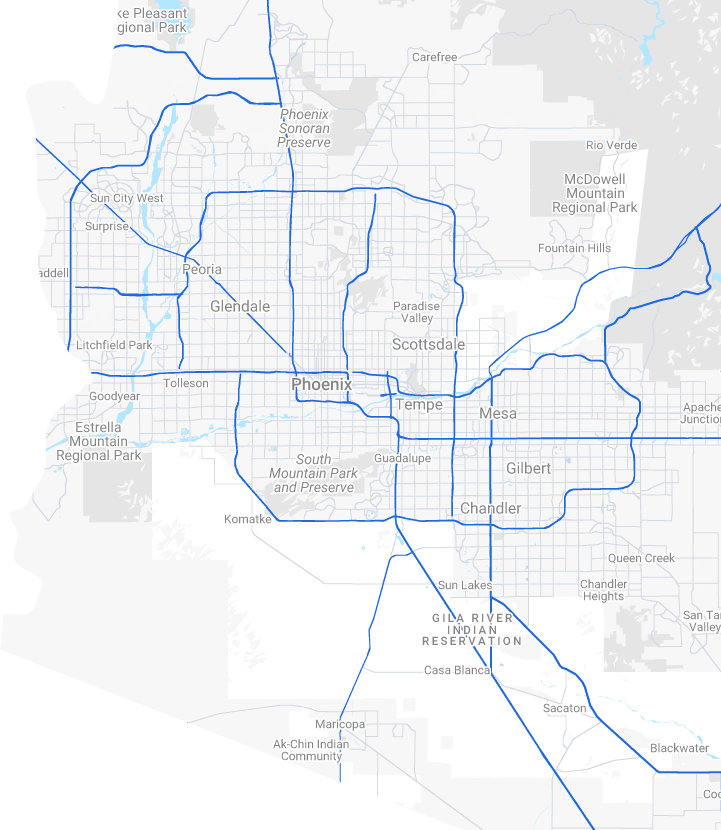Finding sawdust-like granules in your attic or on the ceiling might not sound serious. But, it could mean a hidden threat to your home. These tiny pellets might seem like dirt, but they could actually be signs of a big problem – termites.
Understanding what termite droppings, called frass, look like is crucial. It’s the first step in preventing the damage these pests can do. If left unchecked, termites can slowly eat through your home’s structure. This could lead to major repairs that cost a lot of money.
Damage from termites isn’t just about how your home looks. It could weaken the whole building. What’s worse, most insurance won’t cover termite damage. This means it’s up to you to protect your home. Companies like ACTION Termite & Pest Control suggest regular checks for termite droppings. This can help keep your home safe and save you from big repair bills.
Key Takeaways
- Termite droppings from the ceiling, known as frass, are clear indicators of a possible termite presence and potential infestation.
- Identifying termite droppings early on can prevent exorbitant ceiling repair costs.
- Most home insurance plans do not cover termite-induced damage, making self-vigilance crucial.
- Professional pest control services recommend annual inspections to detect signs of termite damage.
- Frass is typically the result of termites feeding on cellulose materials such as wood in the ceiling.
- The appearance of termite feces can be confused with light water damage but requires immediate attention.
- Recognizing the early signs of termite droppings is essential in protecting your home from these silent destroyers.
Understanding the Significance of Termite Droppings from Ceiling
Termite droppings tell us there are hidden pests. It’s important to notice termite frass from above in your home. Early intervention can prevent serious harm to wooden parts of your home.
What Does Termite Frass Indicate?
It’s crucial to spot termite frass. It shows termites are eating the wood in your home. By finding these droppings, you can see if there’s a termite problem.
Frequency of Drywood vs. Subterranean Termite Droppings
- Drywood termites leave behind small, sand-like pellets. You can often see them in piles near where the termites live. Knowing what to look for makes spotting them easier.
- Subterranean termites mix their droppings with soil. This makes their droppings less obvious. They create mud tubes to hide while they search for food.
Common Misidentifications of Termite Droppings
Many confuse termite frass with sawdust or debris. But learning to identify termite droppings can prevent this confusion. Knowing what they look like helps to deal with termites.
Identifying Termite Droppings: A Guide to Protect Your Home
Spotting termite droppings is key to defending your home. Knowing how to find these droppings, especially from drywood termites, is crucial. It lets homeowners act quickly to stop damage to their home’s structure.
- Appearance and Location: Drywood termite droppings look like ridged, light-brown pellets. You might see them in small piles, pushed out of the termites’ nests. If you find these on the ceiling, it’s usually the first sign that upper areas of your house might be infested.
- Signs of Infestation: Besides finding termite droppings, look out for other signs. This includes cracks in ceiling wood and piles of discarded wings from swarmers. These signs mean a big colony is probably nearby and needs quick action.
- Preventive Measures: Fixing termite damage can be very expensive. It’s smart to have professional pest control look at your house every year. This way, they can catch any problems early, saving your home from serious harm.
Staying alert and knowing how to find termite droppings early can make a big difference. It helps avoid costly repairs and reduces stress for homeowners.
Detecting Problems: Signs of Termite Droppings on the Ceiling
It’s vital to spot termite droppings on the ceiling early. Doing so can prevent major damage to your house. The signs are often not obvious, so it’s important to look closely and take action as soon as you see them.
Visible Evidence of Termite Feces in Attic and Ceiling Voids
Termite droppings in attic and ceiling spaces show up in quite a few ways. You might see small holes in the wood or hear faint noises that sound like movement inside the ceiling. Finding mud tubes or seeing shingles that don’t look right can also mean you have termites.
How Termite Droppings Lead to Ceiling Damage
Termites leave their waste where they eat, which marks their feeding paths. These paths can weaken the wood in your ceiling. As a result, the ceiling might start to sag, crack, or even completely fall down.
Key Differences Between Termite Frass and Other Pests
- Granular appearance: Termite frass often looks like sawdust or coarse sand, not smooth like other bug waste.
- Color: The color of their droppings varies from dark brown to a reddish tint, showing what type of wood they ate.
- Mud tubes: Termite mud tubes are a sign of certain types of termites. You don’t usually see these with other bugs.
Knowing these signs and acting quickly can save you from expensive repairs. It also protects your home from more damage, keeping it strong and safe.
The Cost of Overlooking Termite Frass from Above
Seeing termite frass from above is a big warning for homeowners. If they miss the small signs of termites, like mud tubes or soft chewing noises, they could face big costs later on. It’s important to think about the expenses of termite damage:
- The cost of termite damage is high because their destruction is huge. Each year, termites cause over $5 billion in the U.S. mainly by going undetected for a long time.
- Ignoring early damage clues can cause termite infestation repair costs to soar. This happens when things like ceiling cracks or shaky shingles are not fixed quickly.
- Home insurance usually doesn’t pay for termite damages. This stresses why watching for early signs like termite frass from above is key.
For homeowners, spotting termite frass means it’s time for a pro to check things out. Getting pest experts early can stop repair costs from climbing high. Waiting can lead to bigger termite infestation repair costs and damage that’s hard to fix. Acting quickly helps keep the property safe and valuable for years to come.
Conclusion
Finding termite droppings on your ceiling is a serious sign. It means termites might be invading your home. This can badly damage ceilings and even the whole house. Such damage isn’t usually covered by insurance. So, knowing how to spot termite droppings and understanding what they mean is super important.
It’s crucial to act fast when you suspect termites. Getting regular checks and quick termite activity response is key. Companies like ACTION Termite & Pest Control in Arizona can help. We offer expert termite inspections and solutions. Their help can keep your home safe and your mind at ease.
Don’t underestimate termite droppings on the ceiling. Act smart and get professional termite control help right away. With the right experts, your home can stand strong against termites. It protects both where you live and your finances.










